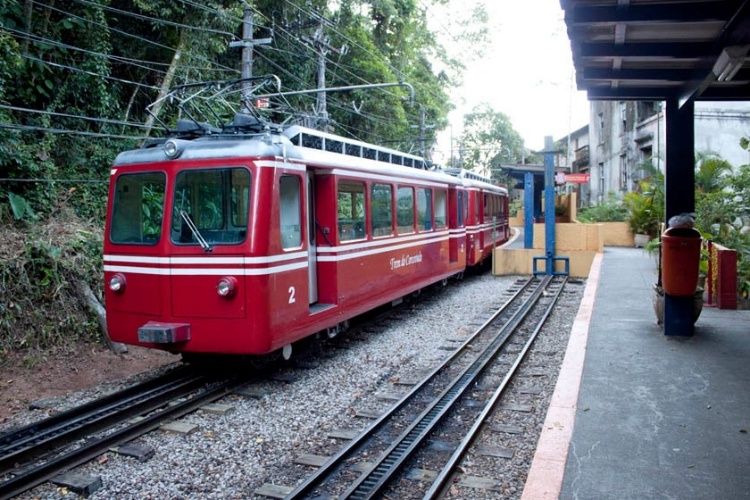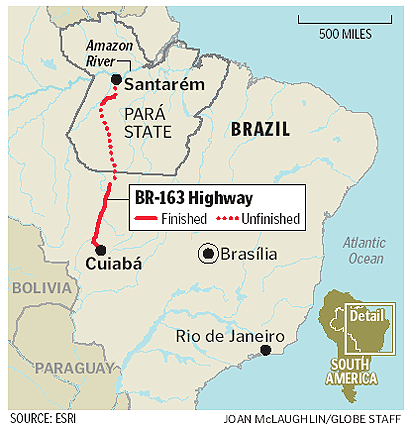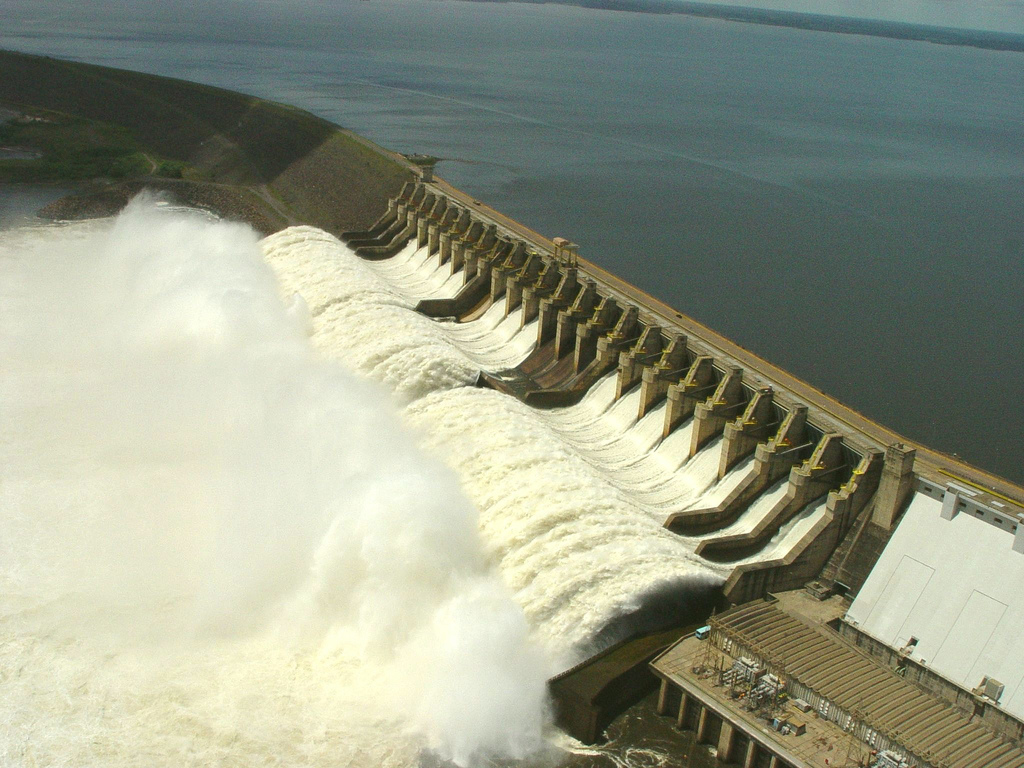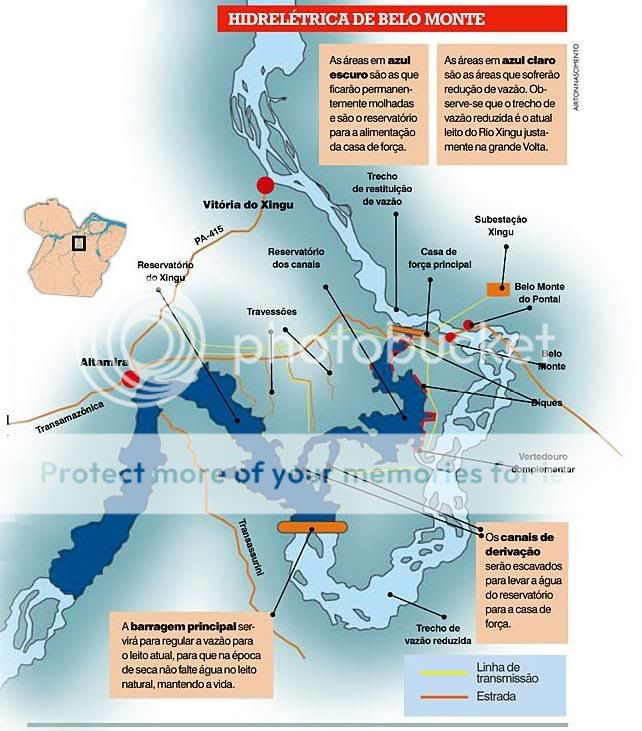خره مينه لګته وي
FULL MEMBER

- Joined
- Jul 7, 2014
- Messages
- 1,767
- Reaction score
- 0
- Country
- Location
I'm Creating this thread for Brazil economy, Brazil is an important player in today world and it's economy is world's seventh largest economy by nominal GDP, and the seventh largest by purchasing power parity..
Brazil Population :

- Share Pictures of Brazil infrastructure development including the services and facilities necessary for its economy to function,technical structures such as roads, bridges,tunnels, water supply, electrical grids, telecommunications,rail networks and so forth.
Brazil Population :
- The current population of Brazil is 209,363,708 as of Thursday, May 19, 2016, based on the latest United Nations estimates.
- Brazil population is equivalent to 2.83% of the total world population.
- Brazil ranks number 5 in the list of countries by population.
- The population density in Brazil is 25 per Km2 (65 people per mi2).
- The total land area is 8,349,320 Km2 (3,223,689 sq. miles)
- 84 % of the population is urban (176,361,649 people in 2016)
- The median age in Brazil is 31.7 years.

- Share Pictures of Brazil infrastructure development including the services and facilities necessary for its economy to function,technical structures such as roads, bridges,tunnels, water supply, electrical grids, telecommunications,rail networks and so forth.































































































